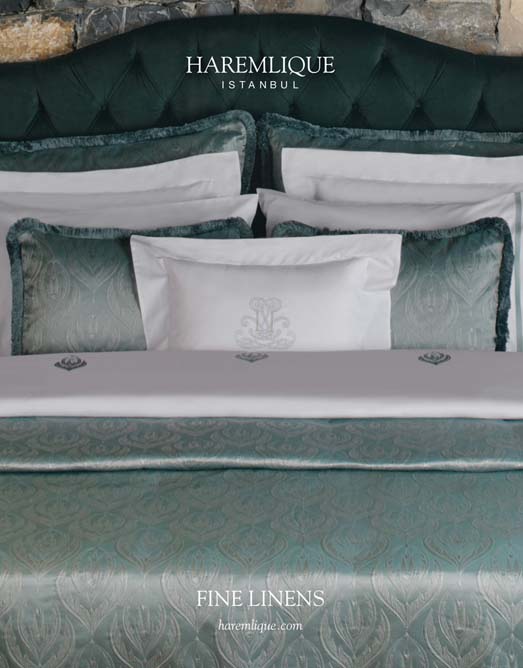![]()
Historians of Islamic art across the world were united in grief on hearing of the death of the noted scholar Oleg Grabar on Saturday, 8 January, at his home in Princeton, New Jersey. The author of more than fifty books and countless articles, professor emeritus at the Institute for Advanced Studies, Princeton, and Aga Khan professor emeritus at Harvard, he was instrumental in shaping and improving the study of Islamic art, architecture, and archaeology; his final achievement in a glittering career was to be awarded the Aga Khan Award for Architecture. Born in Strasbourg in 1929, he was part of the wave of European art historians who, in the second half of the twentieth century, came to have such an impact on the study of Art History in Britain and America. He gained his Ph.D. from Princeton in 1955, and in subsequent years he went on to become an authority on the artistic products of the vast cultural region stretching from Central Asia to West Africa. Through archaeological digs, research trips and an almost preternatural grasp of the issues underlying the objects about which he wrote, Grabar came to have a far-reaching influence on Islamic art history and historiography. Included among his many classic publications are The Formation of Islamic Art (1973), The Mediation of Ornament (1992), Mostly Miniatures: An Introduction to Persian Painting (2000) and his final book, Masterpieces of Islamic Art: The Decorated Page from the 8th to the 17th Century (2009). Whether working alone or in collaboration with others, his impact was felt from the undergraduate classroom to the politician's office. This sad news comes as a loss to anyone with even the smallest interest in Islamic art, and tributes have come flooding in from colleagues, students and friends. Perhaps the last word should go to Professor Nasser Rabbat of MIT; "may his soul be where he always wanted it to be: in some fantastic Umayyad Paradise." Professor emeritus Oleg Grabar: 3 November 1929 - 8 January 2011.







